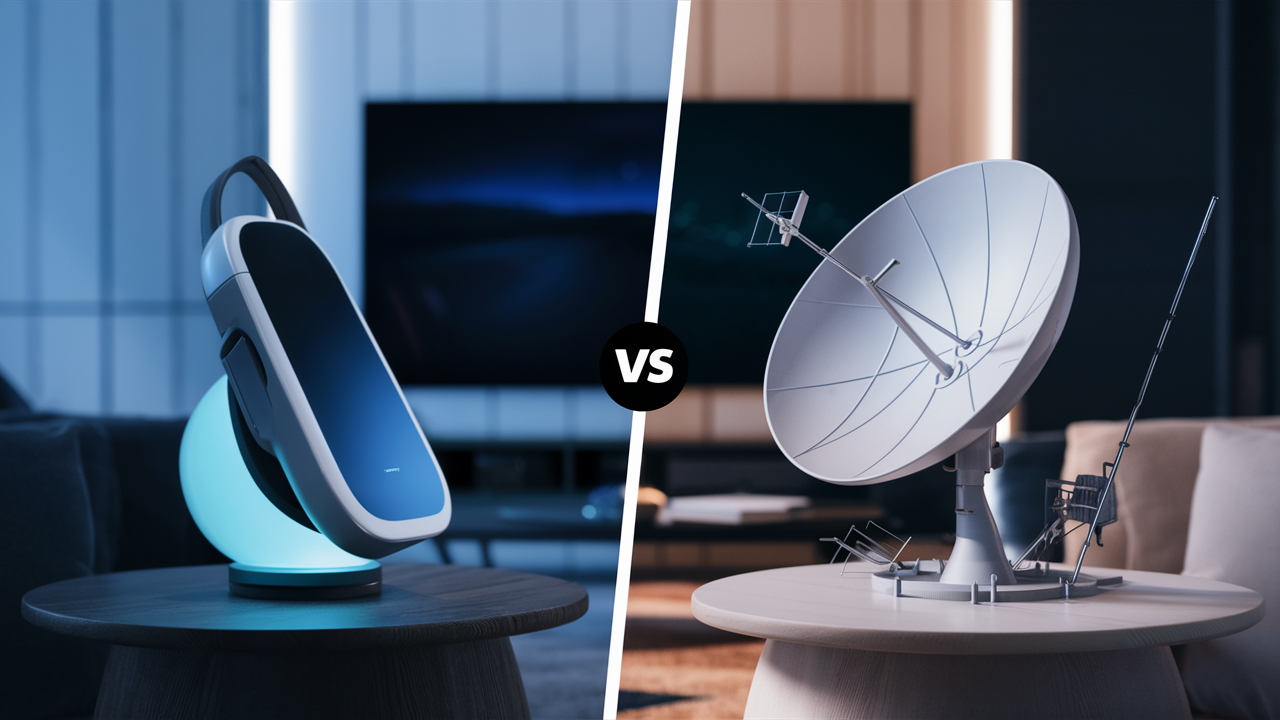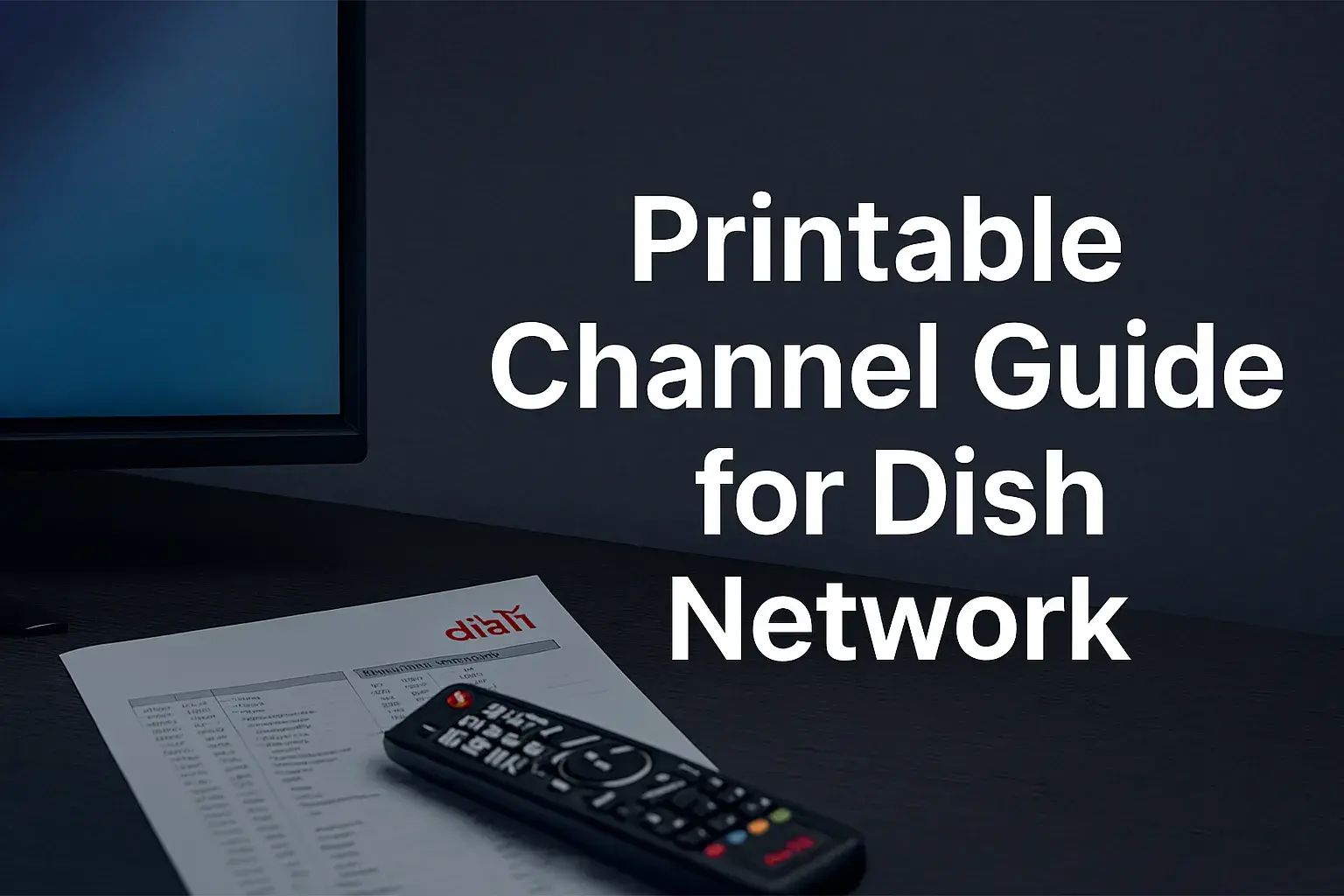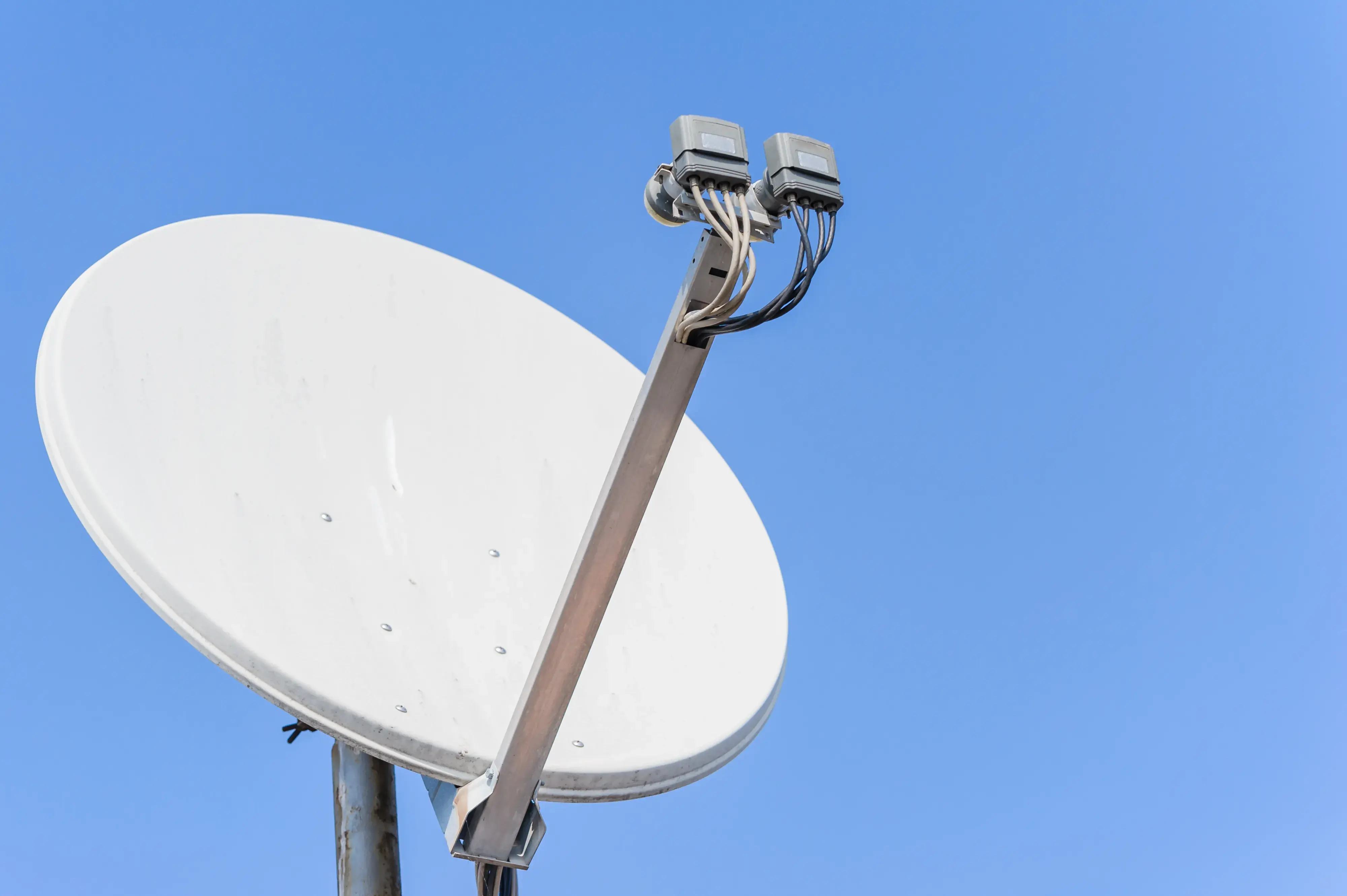-
Posted on: 09 Jul 2024

-
As the number of people who rely on services like Netflix, Hulu, Disney +, and a lot more increases, many cable and satellite TV clients are asking themselves whether it is time to cancel their subscriptions. If we’re only looking at cost, streaming can be cheaper than the conventional ‘cable’ or pay TV service like the DISH Satellite TV. However, some moments should be considered when deciding what is good for the household.
Upfront Costs
The costs associated with joining a streaming service are minimal and one can begin with a few dollars only. Some streaming platforms are free of charge and give the possibility to watch programs for free for a certain period, while others require $5-15 per month. It does not commit to long-term contracts, high equipment fees, or expenses for installation services.
However, DISH demands more initial investment as it needs a set-top-box and dish to be installed in the customer’s home. There are five DISH satellite TV packages available, with the basic package going for $64.99 per month. Additionally, you have to factor in:
- Initial costs of equipment- DISH receivers, DVRs, remotes, etc. are up to $500 for a single time [2].
- However, it requires an activation fee of $100.
- Installation costs- It is very probable that getting DISH installed by a professional to cost a hundred dollars or even more
Thus, streaming comes out as the better option when it comes to cost since there is no equipment required to purchase. Again, here the cost structure is also quite similar to that of the one-time fee for the setup of streaming for you it’s either zero or very little. The company demands hundreds of dollars even in fees and equipment before anyone can start paying for any show.
Monthly Service Costs
Of course, DISH’s monthly fees do not stop at their programming packages. You also have to pay:
- The amount of money that needs to be paid for each receiver and DVR to service providers.
- Local channel surcharges
- Regional Sports Network (RSN) fee
- Taxes, as well as any charges associated with compliance with government regulations.
Overall, if you add all the add-on fees to the $64.99 DISH package, the total price can easily go over $100 per month.
As it stands, streaming service providers give you a raw view, and what you pay is normally monthly. If you pay $6.99 per month to subscribe to Hulu, your subscription price is $6.99 per month that includes taxes. No hidden fees.
Having said that, if you intend to have a streaming service that is similar to Dish about channels, sports networks, and the like, then you would probably require 4-5 streaming services. And that monthly cost would add up significantly:
For example:
- Netflix ($9.99 to $15.99/mo.)
- Hulu ($6.99 to $12.99/mo.)
- Amazon Prime Video ($8.99/mo.)
- Disney+ ($7.99/mo.)
- ESPN+ ($6.99/mo.)
Now and then, having many streaming subscriptions might come close to costing as much as having a pay TV. The only distinctive feature here is the fact that while using streaming, you don’t have to sign lengthy contracts and can easily cancel or change the services offered for a particular month.
Internet Cost Considerations
Here’s an additional factor when weighing streaming against satellite TV like DISH: the costs of the internet. To have an efficient TV streaming experience, the quality of the internet connection is highly recommended to be high-speed broadband internet with or without a very large amount of data caps. Based on that, you could be charged as low as $40 or as much as $100 per month and above for internet service with enough bandwidth to support 4K streaming on multiple devices simultaneously.
DISH: Your satellite service works separately from your home internet, thus no need to use your home internet. Thus, even though DISH makes you pay for equipment, fees, etc., you are unlikely to have another bill, which is an internet connection fee.
Total number of TVs and Devices
However, for households with multiple TV sets and streaming devices, the DISH can be cheaper. You can distribute programming in the TV locations by paying a small amount of fees to the additional receivers. However, even if you have DVR service with all your television sets, that may end up being cheaper monthly than having 4-5 streaming services on 4-5 gadgets.
At the same time, a small number of people say 1-2 would likely find streaming cheaper and preferable to their situation.
Channel and Content Selection
DISH provides a broad range of cable TV programming packages with the availability of additional premium packages including HBO MAX and Showtime. Well, if you want cable-like channel tiers and bundles with sports networks and the local station, then DISH can offer that as well. The bundling of numerous prime channels is something that streaming services cannot do as effectively as cable and satellite systems. You would have to aggregate several streaming providers together to get to a close range.
However, streaming may have variety, especially when it comes to watching shows and movies on demand. Even in terms of movies and TV shows, Netflix and Amazon Prime Video offer so much more than DISH’s On-Demand offers. Thus, if for one reason or another, you can do without those cable channels, streaming offers you a lot of choices in terms of things to watch.
In conclusion, as to which costs less – streaming or DISH satellite TV is all about the preferences of your household. What you own, for example, how many TVs and devices, the content you wish to stream/buy, and whether you need the internet for other reasons. For some homes, streaming ends up much cheaper. For others, they may still get better value out of DISH than they would with any combination of streaming services they are willing to pay for. Given the dynamic market conditions prevailing, it makes sense to review the requirements for homes annually to find out what option will cost less in the long run as far as the TV solution is concerned.
Ready to upgrade your TV experience? Call us now at (877) 471-4808 to find the perfect Dish Network plan for you! Don’t miss out on great entertainment—our team is here to help you choose the best package and get you started today.
Conclusion
Determining whether streaming or DISH satellite TV is cheaper depends on your viewing habits, location, and existing services. Streaming services like YouTube TV ($83/month), Hulu + Live TV ($83/month), or Sling TV ($40-$60/month) can be more cost-effective for those seeking flexibility, no contracts, and fewer channels, especially if you already have reliable internet (~$50-$60/month). However, to match DISH’s extensive channel lineup (190-290+ channels, including locals and sports), you may need multiple streaming subscriptions, which can exceed DISH’s starting price of $91.99/month for America’s Top 120. DISH offers a better dollar-to-channel ratio, a 2-year price guarantee, and no internet dependency for core TV, making it appealing for rural users or those wanting a single provider for extensive content. However, its 2-year contract, potential installation costs ($100-$200), and additional fees (e.g., $5-$10 for DVR) can increase expenses. If you prioritize flexibility and lower upfront costs, streaming is likely cheaper, but if you need broad channel access and don’t have reliable internet, DISH may be more cost-effective. Use tools like suppose.tv to compare channel needs and check DISH promotions at www.dish.com or 1-800-333-DISH (3474) to find the best fit.
FAQs: Is It Cheaper to Stream or Have DISH?
- What are the main cost differences between streaming services and DISH satellite TV?
Streaming services typically range from $25 to $100 per month, depending on the provider and plan (e.g., Sling TV at $40-$60, YouTube TV at $83, Hulu + Live TV at $83). DISH satellite TV starts at $91.99/month for America’s Top 120 (190 channels) and goes up to $121.99 for America’s Top 250, with a 2-year price guarantee. Streaming can be cheaper for basic plans, but DISH offers more channels for the price, and additional streaming subscriptions may increase costs if you need content from multiple platforms. - Does DISH require additional equipment costs compared to streaming?
Yes, DISH requires a satellite dish and receiver, with installation often free for new customers but potentially costing $100-$200 if not included in promotions. Monthly DVR fees are $5-$10 (Hopper Duo or Hopper 3). Streaming services require no special equipment beyond a smart TV or streaming device (e.g., Roku, Amazon Fire Stick, ~$20-$50 one-time cost), but you need reliable internet, costing $50-$60/month for 100 Mbps. - Are there long-term commitments with streaming or DISH?
Streaming services like YouTube TV, Hulu + Live TV, and Sling TV have no contracts, allowing cancellation anytime without penalties. DISH requires a 2-year contract with an early termination fee of $20 per remaining month. This makes streaming more flexible for those avoiding long-term commitments, but DISH’s price guarantee ensures cost stability. - How do channel offerings compare between streaming and DISH?
DISH offers 190-290+ channels, including local channels, sports, and premium networks like HBO or STARZ (with add-ons). Streaming services vary: YouTube TV and Hulu + Live TV offer 70-100+ channels with local networks, while Sling TV’s base plans (Orange/Blue) have 30-50 channels, excluding some locals unless paired with an antenna. To replicate DISH’s channel lineup, you may need multiple streaming services, potentially negating cost savings. - Does streaming require a strong internet connection, and how does this affect costs?
Streaming requires a stable internet connection (minimum 25 Mbps for HD, 100 Mbps for multiple devices), costing $50-$60/month. DISH delivers TV signals via satellite, requiring no internet for core service, though features like DISH Anywhere or Netflix integration need internet. If you already have internet, streaming may seem cheaper, but adding internet costs can make total expenses comparable to DISH. - Are there hidden fees with streaming or DISH?
DISH has potential hidden fees, including $12/month for local channels, $3 for regional sports, and $5-$10 for DVR equipment. Streaming services generally have fewer fees, but premium add-ons (e.g., Max, Paramount+) or extra streams can increase costs. For example, Hulu charges extra for unlimited screens. Always review fine print for both options to understand total costs.





